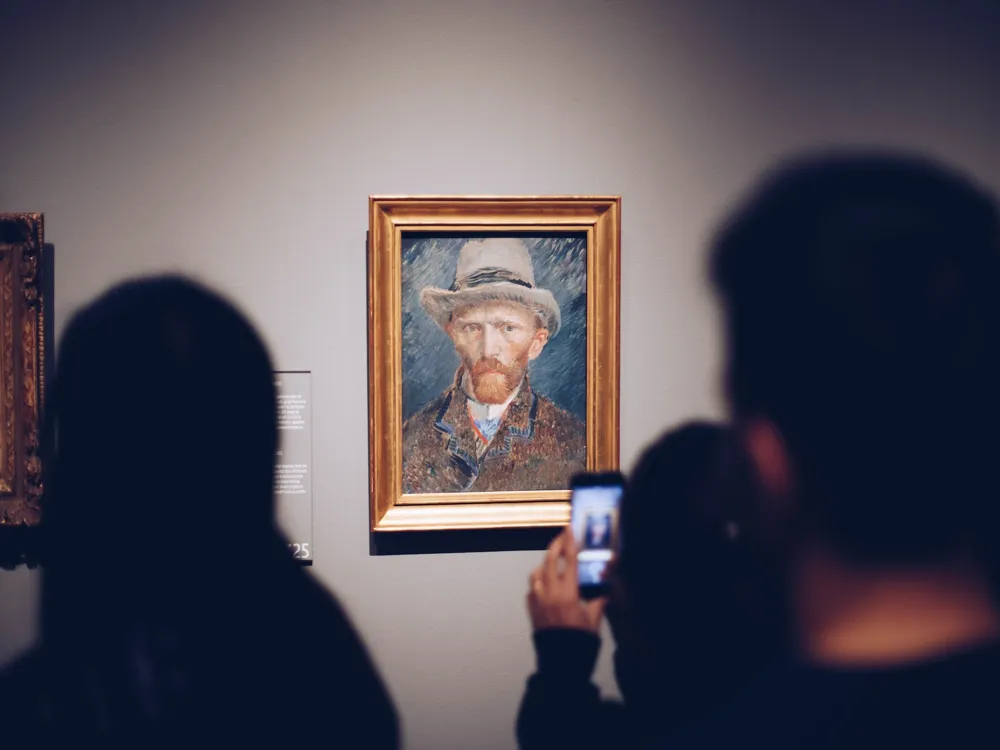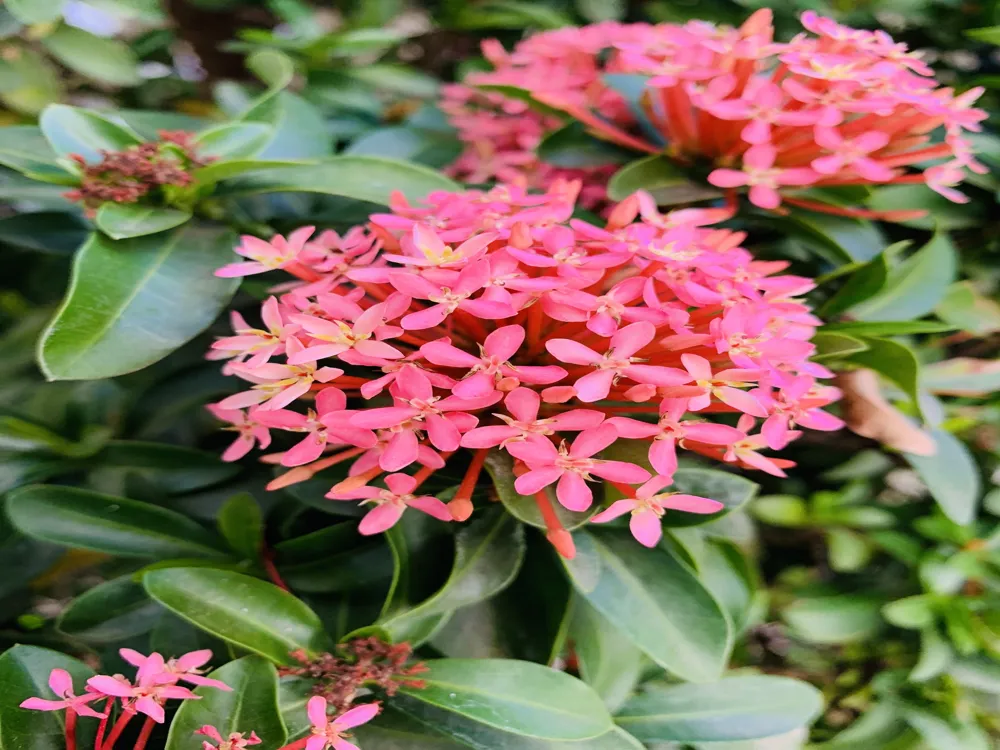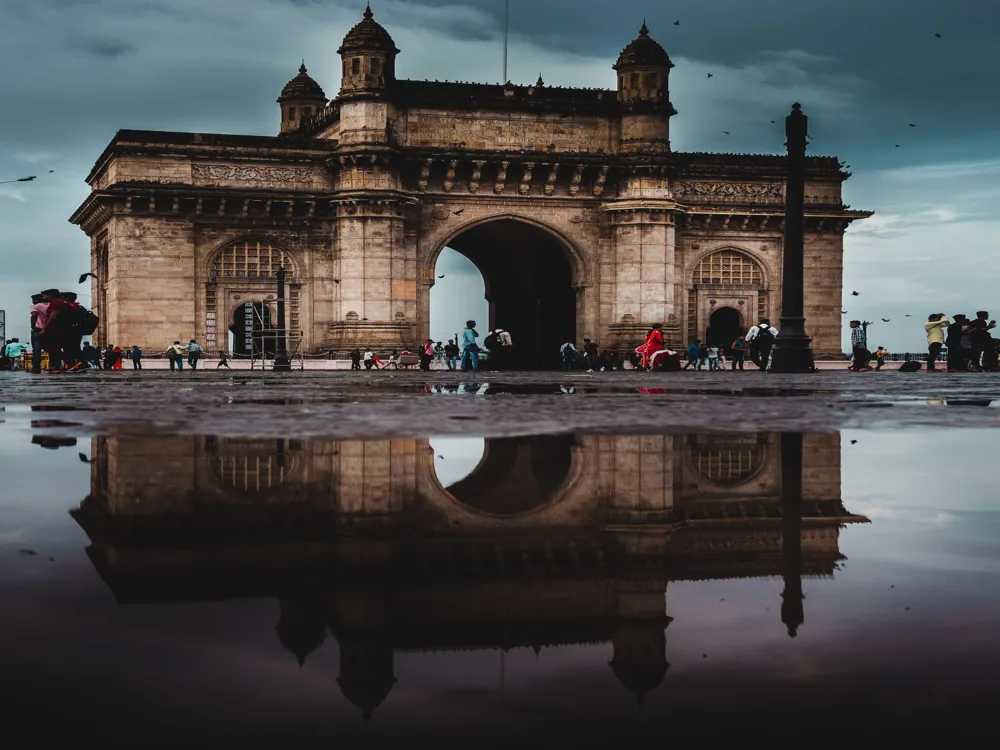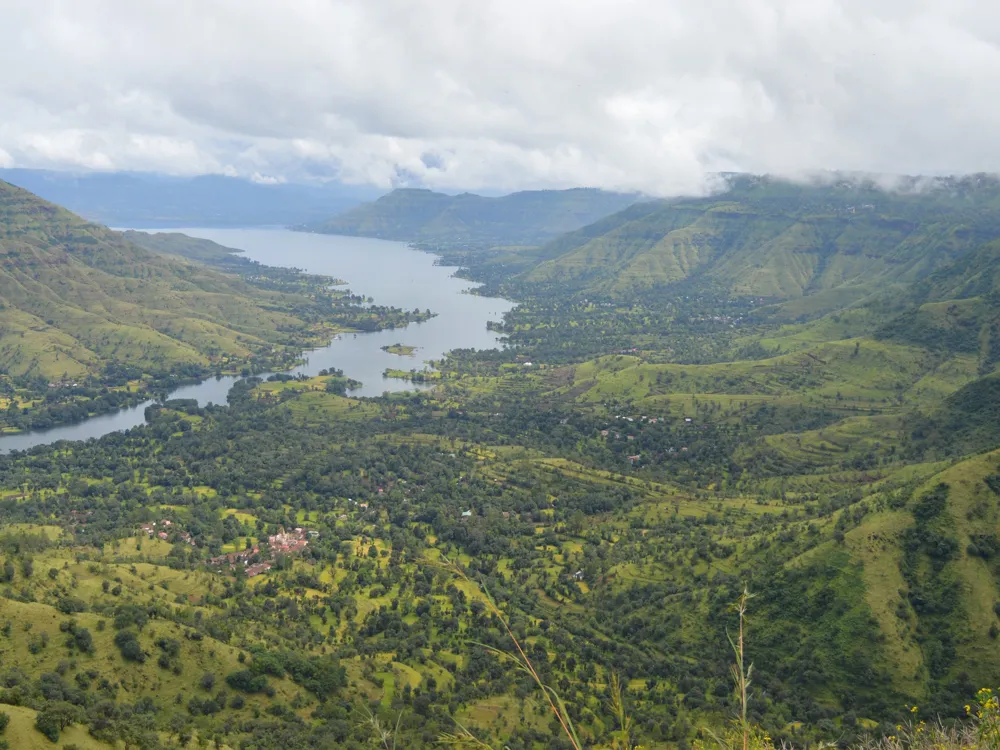Nestled in the heart of Port Blair, the Chatham Saw Mill isn't just an artificial establishment but a literal lamp that casts light on the rich and different history of the Andaman and Nicobar islets. Established in the late 19th century, this shop is one of the largest and oldest in Asia. Over the years, it has resisted the test of time, including the Japanese irruption during World War II. It stands a moment, not just as a functional sawmill but also as a testament to the adaptability and sedulous spirit of the people of these islets. The armature of Chatham Saw Mill is a mix of social design and practical artificial conditions. erected primarily with wood, the structures within the shop have stood the test of time, showcasing the continuity of the accoutrements reused within its walls. The main structure is a large, open hall with high ceilings, allowing for the smooth operation of the sawing ministry. Large windows illuminate the walls, offering ample natural light and a view of the girding verdure. Best Time to Visit: The ideal time to visit Chatham Saw Mill is during the cooler months from November to March. This period offers pleasant weather, making your tour comfortable and enjoyable. Opening Hours: Familiarise yourself with the mill's opening hours, typically from 8:00 a.m. to 2:30 p.m., Monday through Saturday. Industrial Operations: As an operational saw mill, expect to see heavy machinery and ongoing timber processing. It's an opportunity to witness the workings of a historic mill in action. Guided Tours: Opt for a guided tour for an informative experience. Guides offer insights into the mill's history, operations, and role in the local economy. Safety First: Follow all safety guidelines provided by the mill. Stay within marked areas to ensure your safety amidst industrial operations. Respect the Environment: Be mindful of the ecological significance of the area. Avoid littering and adhere to sustainable practices during your visit. Chatham Saw Mill, located on Chatham Island, is easily accessible from Port Blair. The most common mode of transportation is by road. Callers can take a machine, hire a hacker, or drive a rental car to reach the shop. The trip is short and scenic, with the route crossing a road that connects Chatham Island to the main islet. For those interested in a further audacious approach, boat services are also available, offering a unique perspective of the shop and its graphic surroundings. Read More: Andaman Nicobar Islands Tourism Best Time to Visit Andaman Nicobar IslandsOverview of Chatham Saw Mill in Port Blair, Andaman and Nicobar Islands
The Chatham Saw Mill plays a vital role in the frugality of the Andaman and Nicobar islets. It's intricately linked to timber assiduity, a crucial profitable driver for the region. The shop processes colourful types of wood, primarily Padauk, known for its rich red colour and continuity. These forests are used not only within the islets but also exported, contributing significantly to the original frugality. Likewise, the shop is a personification of the environmental knowledge of the region, with sustainable practices having the minimum ecological impact.
This saw shop is not just an artificial point; it's a slice of history and a symbol of mortal abidance. For callers, it offers a unique look into history, presenting an occasion to understand the intricate balance between artificial growth and environmental sustainability. It's a must-visit for those interested in the history, assiduity, and natural beauty of the Andaman and Nicobar Islands. Chatham Saw Mill is a 19th-century magnet in Port Blair that is famed as the oldest and largest sawmill on the mainland. It's the only sawmill that provides timber for construction work on the islet and is one of the many manufactories that export timber to diligence and cabinetwork units across the world. It's believed that the sanguine wall panels at Buckingham Palace in London were made of planks sourced from the shop.
Chatham Saw Mill is considered a major magnet as it has been around for over a century. A tour of the shop and the storehouse can be taken by visiting excursionists. There's also a gallery inside the shop that gives a skulk peek into the history of Chatham islets and also details of the geology, terrain, and biodiversity of the islet. The shop is one of the noisiest lodestones in the region because it's a functional shop. So, excursionists who want a serene flight can skip the magnet.Architecture of Chatham Saw Mill
What sets the armature of this shop piecemeal apart is its flawless integration with its natural surroundings. The shop is positioned on a small islet, Chatham Island, connected to Port Blair by a road. This unique position has informed its design, with the structures arranged to minimise environmental impact while maximising effectiveness. The use of original wood and traditional construction methods further adds to the shop's charm, making it a symbol of the architectural heritage of the Andaman and Nicobar islets.
The shop's armature also tells the story of its elaboration. While maintaining its original structure, it has seen upgrades and additions, reflecting the changing requirements of assiduity and advancements in technology. This immediacy of the old and the new adds another subset of conspiracy to the shop, making it an architectural phenomenon worth exploring.Tips for Visiting Chatham Saw Mill
Planning Your Visit
What to Expect
Safety and Etiquette
How To Reach Chatham Saw Mill
Chatham Saw Mill
Port Blair
Andaman Nicobar Islands
Union Territory
₹ 14,500 onwards
View andaman-nicobar-islands Packages
Weather :
Tags : Factories & Industries
Timings : All days of the week except Sunday: 8:00 AM - 2:30 PM
Time Required : 30 Mins to 1 Hour
Entry Fee : INR 10 per person, INR 50 (guided tour)
Planning a Trip? Ask Your Question
Andaman-nicobar-islands Travel Packages
View All Packages For Andaman-nicobar-islands
Top Hotel Collections for Andaman-nicobar-islands

Private Pool

Luxury Hotels

5-Star Hotels

Pet Friendly
Top Hotels Near Andaman-nicobar-islands
Other Top Ranking Places In Andaman-nicobar-islands
View All Places To Visit In andaman-nicobar-islands
Faq on Andaman-nicobar-islands
What is Chatham Saw Mill?
Chatham Saw Mill is one of the oldest and largest sawmills in Asia, located in Port Blair, Andaman and Nicobar Islands, India.
What is the significance of Chatham Saw Mill?
Chatham Saw Mill holds historical significance as it played a crucial role in the timber industry during British colonial rule and continues to contribute to the economy of the Andaman and Nicobar Islands.
Is Chatham Saw Mill open to visitors?
Yes, Chatham Saw Mill is open to visitors. Tourists can visit the mill to witness the process of timber cutting and learn about the history of the sawmill.
What are the operating hours of Chatham Saw Mill?
Chatham Saw Mill operates from Monday to Saturday, typically from morning to evening. However, it's advisable to check the current visiting hours before planning a visit.
Are guided tours available at Chatham Saw Mill?
Yes, guided tours are available at Chatham Saw Mill, allowing visitors to explore the premises and gain insights into the functioning of the sawmill.
View andaman-nicobar-islands Packages
Weather :
Tags : Factories & Industries
Timings : All days of the week except Sunday: 8:00 AM - 2:30 PM
Time Required : 30 Mins to 1 Hour
Entry Fee : INR 10 per person, INR 50 (guided tour)
Planning a Trip? Ask Your Question
Andaman-nicobar-islands Travel Packages
View All Packages For Andaman-nicobar-islands
Top Hotel Collections for Andaman-nicobar-islands

Private Pool

Luxury Hotels

5-Star Hotels

Pet Friendly
Top Hotels Near Andaman-nicobar-islands
Other Top Ranking Places In Andaman-nicobar-islands
Faq on Andaman-nicobar-islands
What is Chatham Saw Mill?
Chatham Saw Mill is one of the oldest and largest sawmills in Asia, located in Port Blair, Andaman and Nicobar Islands, India.
What is the significance of Chatham Saw Mill?
Chatham Saw Mill holds historical significance as it played a crucial role in the timber industry during British colonial rule and continues to contribute to the economy of the Andaman and Nicobar Islands.
Is Chatham Saw Mill open to visitors?
Yes, Chatham Saw Mill is open to visitors. Tourists can visit the mill to witness the process of timber cutting and learn about the history of the sawmill.
What are the operating hours of Chatham Saw Mill?
Chatham Saw Mill operates from Monday to Saturday, typically from morning to evening. However, it's advisable to check the current visiting hours before planning a visit.
Are guided tours available at Chatham Saw Mill?
Yes, guided tours are available at Chatham Saw Mill, allowing visitors to explore the premises and gain insights into the functioning of the sawmill.






















